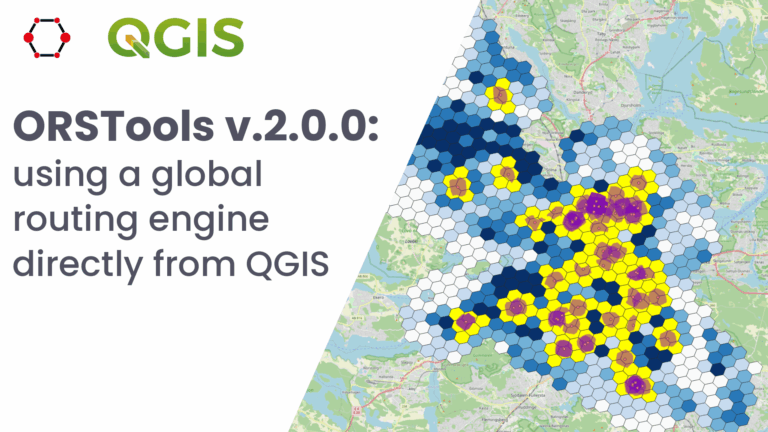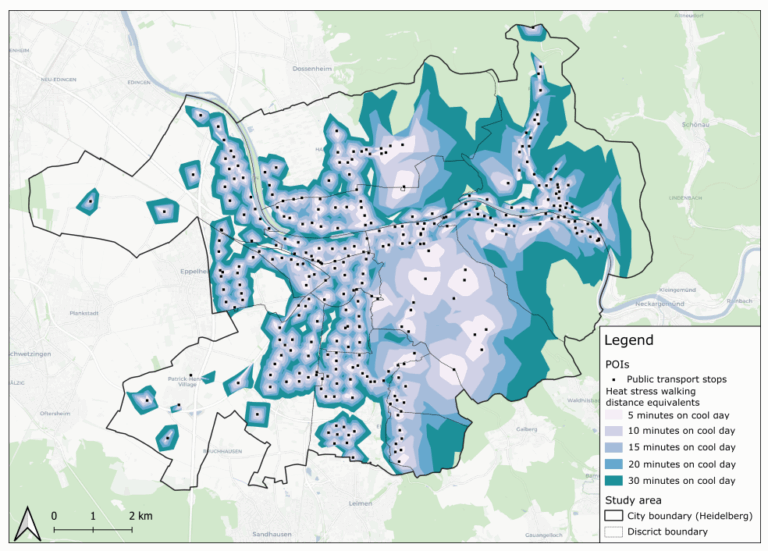GIScience methods are becoming more and more widespread in different domains. A current review article under involvement of HeiGIT researchers discusses the potential of ambulatory assessments and GIScience approaches for physical activity research. The article is on of the outcomes of the 2nd International CAPA Workshop 2019 “Physical Activity Assessment – State of the Science, Best Practices, Future Directions”at KIT.
The availability and widespread use of wearable devices including pedometers, accelerometers and GPS devices offers a big potential for research, including observational, experimental and international studies. Research questions are not limited to the question of where and when physical activities are undertaking but involve the identification of motivating and demotivating factors as well as the question on the effects of mental and physical well-being. For such question longitudinal studies involving ambulatory assessment methods – for example the use of e-diaries – are well suited.
The use of GIScience methods is not limited to establishing context by means of spatial intersections or spatial joins but could involve the use of specialized routing services for intervention studies. Observational studies have mainly used information on stressors or distresses along the path as explanatory factors. Routing services could be used for example to suggest paths to nearby urban green spaces for interventional exercises or could suggest routes for physical activities that vary in comfort (e.g. by degree of noisiness or greeness) to test effects on motivation and well being.
Reichert, M., Giurgiu, M., Koch, E., Wieland, L.M., Lautenbach, S., Neubauer, A.B., von Haaren-Mack, B., Schilling, R., Timm, I., Notthoff, N., Marzi, I., Hill, H., Brüßler, S., Eckert, T., Fiedler, J., Burchartz, A., Anedda, B., Wunsch, K., Gerber, M., Jekauc, D., Woll, A., Dunton, G.F., Kanning, M., Nigg, C.R., Ebner-Priemer, U., Liao, Y., 2020. Ambulatory assessment for physical activity research: State of the science, best practices and future directions. Psychology of Sport and Exercise 101742. https://doi.org/10.1016/j.psychsport.2020.101742
Tost, H., Reichert, M., Braun, U., Reinhard, I., Peters, R., Lautenbach, S., Hoell, A., Schwarz, E., Ebner-Priemer, U., Zipf, A., Meyer-Lindenberg, A., 2019. Neural correlates of individual differences in affective benefit of real-life urban green space exposure. Nature Neuroscience. https://doi.org/10.1038/s41593-019-0451-yReichert, M., Braun, U., Lautenbach, S., Zipf, A., Ebner-Priemer, U., Tost, H., Meyer-Lindenberg, A. (2020): Studying the impact of built environments on human mental health in everyday life: methodological developments, state-of-the-art and technological frontiers. Current Opinion in Psychology 32, 158-164.
https://doi.org/10.1016/j.copsyc.2019.08.026Novack, T.; Wang, Z.; Zipf, A. (2018): A System for Generating Customized Pleasant Pedestrian Routes Based on OpenStreetMap Data. Sensors 2018, 18, 3794.
Z. Wang, T. Novack, Y. Yan and A. Zipf, “Quiet Route Planning for Pedestrians in Traffic Noise Polluted Environments,” in IEEE Transactions on Intelligent Transportation Systems, doi: 10.1109/TITS.2020.3004660.





